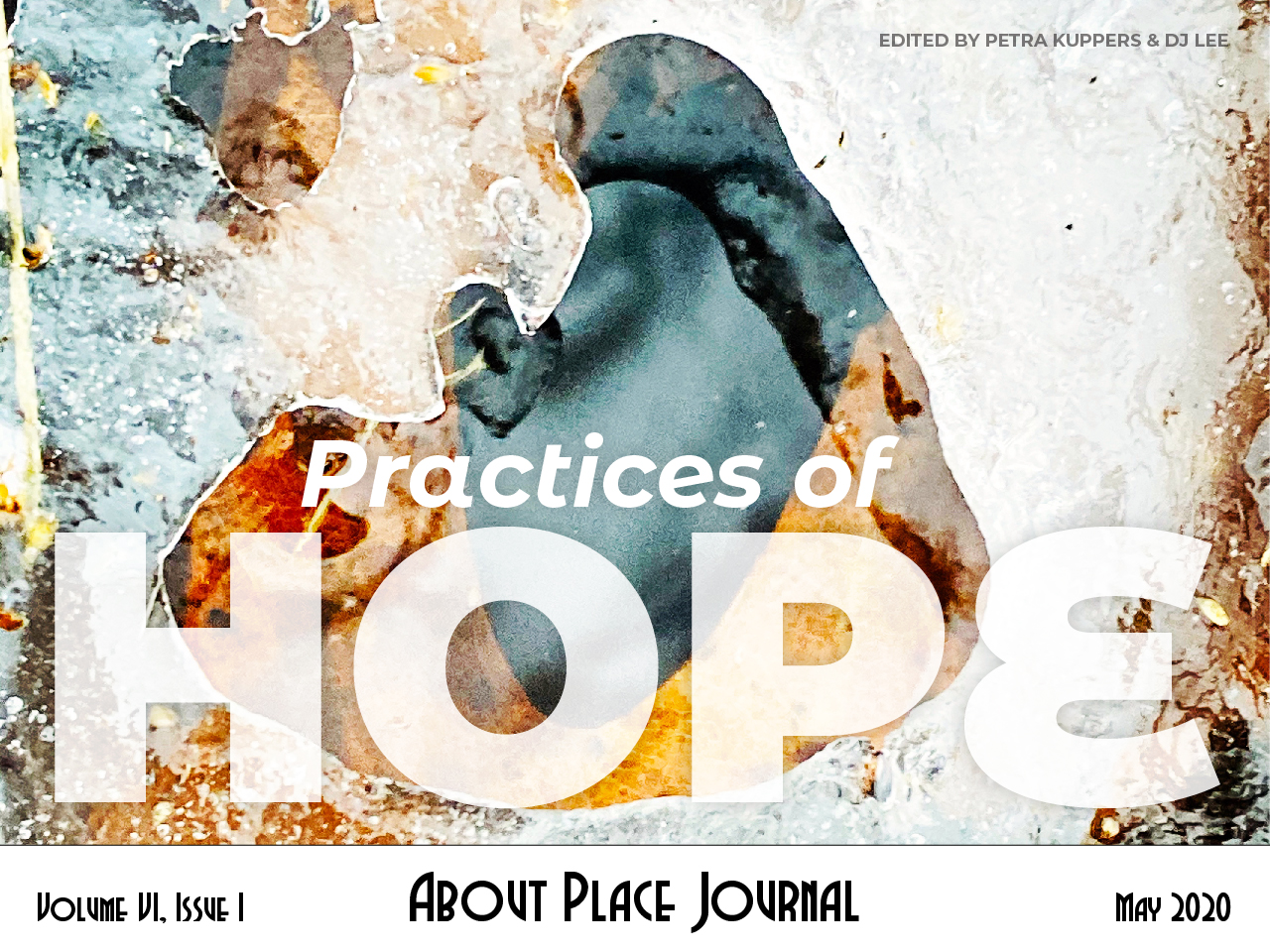As I sit down to write this, the first case of coronavirus in my state has been reported. We’ve been waiting for days, expecting that there have been cases accumulating and undetected for quite some time. The news gives a sense of a dam breaking. Finally there is no more guessing, convincing, or unconvincing. The reality of the situation has solidified, for a few days at least.
This is not what I expected of 2020. In the recent past, when I imagined the possibilities of near-future crisis (a mental practice that seems to be a part of one’s current-day conditioning), these scenarios simmered with rising temperatures. I thought especially of body-to-body contact. Outraged and clashing communities. Breaking points and melting points. Lost habitats and living on top of one another. People and creatures facing down their coexistence. Where I am now, my communities sequestered away behind closed doors, gloves, and masks, is not the future that I expected. How quickly I have become fluent in a new vocabulary of social distancing, no-contact, and self-quarantine.
With this new language shaping my mind, the pieces that our editorial team has spent several months curating are now interacting in compelling new ways. Our call describes itself as casting “a wide net” – an image that evokes a process of catching. I am intrigued, though, by how the call attracted unexpected catches. I’m curious about the works that climbed into our net unanticipated, setting up camp next to unlikely neighbors. How does a video of ruminant breathing interact with a poem that honors the life of preserved berries?
Poetry contributions including Dan MacIsaac’s “Bioluminescence” and Katherine Smith’s “Preserves” ignite the multispecies network that our issue knits together. Within MacIsaac’s network of lively and earthy presences, hope is found in the vitality of fungus, cave grub, and angler fish. Meanwhile, “Preserves” finds hope in the brevity of ironweed, blackberries, and forget-me-nots. The contributions ahead preserve vulnerable beings and persistent hopes, passing on their practices to our community of readers.
Hovering above the modes in which the artists are creating is a shared hopeful and speculative practice. As editors, we are faced with asking, who is qualified to determine what hope looks like between mediums? How can one judge literary hope as well as photographic, performative, or cinematic hope? There is something lively in the heterogeneity that this issue showcases: a practice. Stitching together unusually paired elements to sustain community and to sustain art becomes an imperative practice.
Ritual is central to the works ahead. These, to me, are the practices of hope: actions taken with diligence and repetition. Giulia Lepori and Michał Krawczyk’s ecocinema piece, “How does a bark feel like?” shows how these practices overlap and intersect with the behaviors and rituals of other beings and environments. The more-than-human movement practices in that space play with the dissonance and synthesis that come with finding unlikely connections. Sitting with these is a ritual of being-with.
Michael Bishop’s “The Lottery of Birth” – a strikingly cathartic short story imagining futures of reincarnations that are governed by all too familiar statistics of survival – reminds me that hopefulness is grounded in speculation, through imagining ongoingness where there is a chance that there might not be any. In this space of insistent speculative imaginings, the contributions to our issue thrive. Hope is a practice of speculation, of believing in ongoingness. It is practice of working for a tomorrow that holds space for one’s communities. As you engage with the strangely knit community of creations ahead, amidst a future that is precarious, viral, and unknowable, practice holding onto hope.

